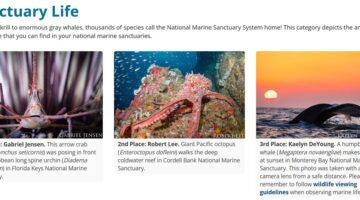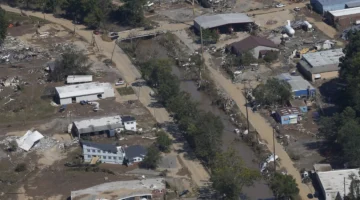After a year of public outcry the Lower Keys are getting a Deep Well !
aka Shallow Wells Part 3
By Diane Johnson
It only took 14 seconds for the Monroe Board of County Commissioners (BOCC) to approve the additional $7.1M for construction of a deep injection well for the Cudjoe Regional Wastewater System, requested by the Florida Keys Aqueduct Authority (FKAA). Clapping and cheers from the audience at the Harvey Government Center greeted the good news, at 10:03 am on Wednesday April 15th.
The bad news is FKAA been slow out of the gate, to use a horse racing term, and this is not an academic discussion. The deep well permit application has not been submitted to the Florida Department of Environmental Protection (FDEP), and it is approximately 2 years from start to finish to: permit, construct and test the deep well. Whether we start the clock on December 2014, when the BOCC approved an additional $900,000 for FKAA to design the deep well or on April 15, the earliest the deep well could be operational is the end of 2016.
FKAA does not have the expertise to design a deep injection well and will have to hire an Engineering Consultant. In order to hire the consultant, there should be a request for proposal or an invitation to bid, according to Florida Administrative code section 60A-1.041. Once that process is completed, the design will begin. Once the design is completed the permit application can be submitted to FDEP. The FDEP permitting process usually takes months to complete. FKAA also owns the task of hiring the deep injection well driller. That hiring process also requires an invitation to bid or request for proposal, before the company can be selected and a contract negotiated.
Although there is no rule of thumb in constructing a deep well if we use a million gallons per day as the capacity, then Cudjoe’s well is considered a small Class I deep injection well. Physical construction of the well could take nine months to a year, assuming the infrastructure is completed concurrently, there is no rework and there are no weather events; in other words best case. Testing and inspections are conducted as the work progresses. The planned depth of 2000 feet into the boulder zone can actually be greater depending on the geologic formations encountered in the drilling process. A monitoring well should accompany the deep well to ensure there is early warning of any problem. It’s a belt and suspender kind of system. Operational testing is the final phase before the deep well can be used.
Some outstanding questions are: 1) will FDEP authorize operation of the shallow wells until the deep well is ready and 2) what will happen to the near shore waters if the shallow wells are used. Stay Tuned for Part 4
[livemarket market_name="KONK Life LiveMarket" limit=3 category=“” show_signup=0 show_more=0]




No Comment